
Across Bangladesh and much of the developing world, millions of children spend hours on screens daily, consuming content, playing games, watching videos, yet most will graduate without ever learning how technology actually works or writing a line of code. They're growing up as digital consumers, not digital creators.
Traditional schools have been slow to adapt their curricula, and international platforms often fail to resonate with local children. This is despite the fact that the global market for children's coding education is worth $14bn and growing fast.
This fundamental gap between usage and understanding represents one of the most critical educational challenges of our time.
Enter Dreamers Academy, a sister concern of Dhaka-based edtech startup Lead Academy, that has found a formula for teaching programming to children aged 7-16. The company operates on the belief that children are not just capable of learning complex technical concepts, they're actually better at it when taught early and in the right way.
Founded in May 2021 as a side project in a small Dhaka apartment study room, Dreamers Academy has grown into Bangladesh's largest online coding platform for children, serving over 5,500 students across 20 countries.
But this isn't just another success story about scaling an education startup. It's the story of how two entrepreneurs identified a market that didn't know it needed them, built solutions for problems parents hadn't yet articulated, and pioneered STEM education for underprivileged children in remote 'char' regions where houses flood regularly but kids still code.
It's about maintaining 90% retention rates while keeping prices accessible, achieving profitability while remaining 100% bootstrapped, and proving that local relevance can compete with global EdTech giants.
This is the story of Dreamers Academy and how personal frustration and a 500-taka Facebook ad evolved into a venture preparing young minds to build the future.
The idea for Dreamers Academy didn't emerge from market research or trend analysis. It came from raw frustration. "The idea came from a personal frustration; watching kids spend hours on screens without learning anything meaningful," recalls co-founder Sharif Ahmed.
Sharif, a computer science graduate from the University of Dhaka who spent 12 years as a software engineer at TherapBD, saw a glaring gap in the educational landscape. "I noticed that while coding bootcamps existed for adults, there was almost nothing structured or engaging for children, especially in countries like Bangladesh."
Sharif felt a personal responsibility. "I kept asking myself; are we really preparing our children for the future? Traditional education wasn’t evolving fast enough, and kids weren’t getting the exposure they needed to thrive in a digital world," Sharif reflects. "At the same time, I saw immense potential in young minds; curious, creative, and eager to learn when given the right tools. I wanted to bridge that gap. I wanted to create a space where kids could not only learn how technology works but also build with it; code their own games, solve problems, and think logically.”
That’s how Dreamers Academy came into being.
Dreamers Academy aims to solve two critical problems in our world today. On the one hand, kids spend hours using technology in an unproductive passive consumption. The company aims to “change that by giving children early access to real tech education; coding,computational thinking, logic building, and problem solving; through a structured, age-appropriate, and engaging curriculum.”
On the other hand, while globally there’s a growing tech skills gap, “in countries like Bangladesh and across the developing world, millions of students go through the education system without ever touching a line of code or building a real project.” Dreamers Academy looks to tackle “that gap from the ground up, making sure kids don’t just catch up with the future; they help shape it.”
The co-founding team brought complementary strengths to the table. Alongside Sharif's technical expertise, Ashfaq Zaman, a seasoned entrepreneur with a postgraduate degree from the University of Cambridge, joined to scale the vision.
Both founders had completed an 11-month Standard program (STP) from Standard Business School, designed specifically for founders and CEOs.
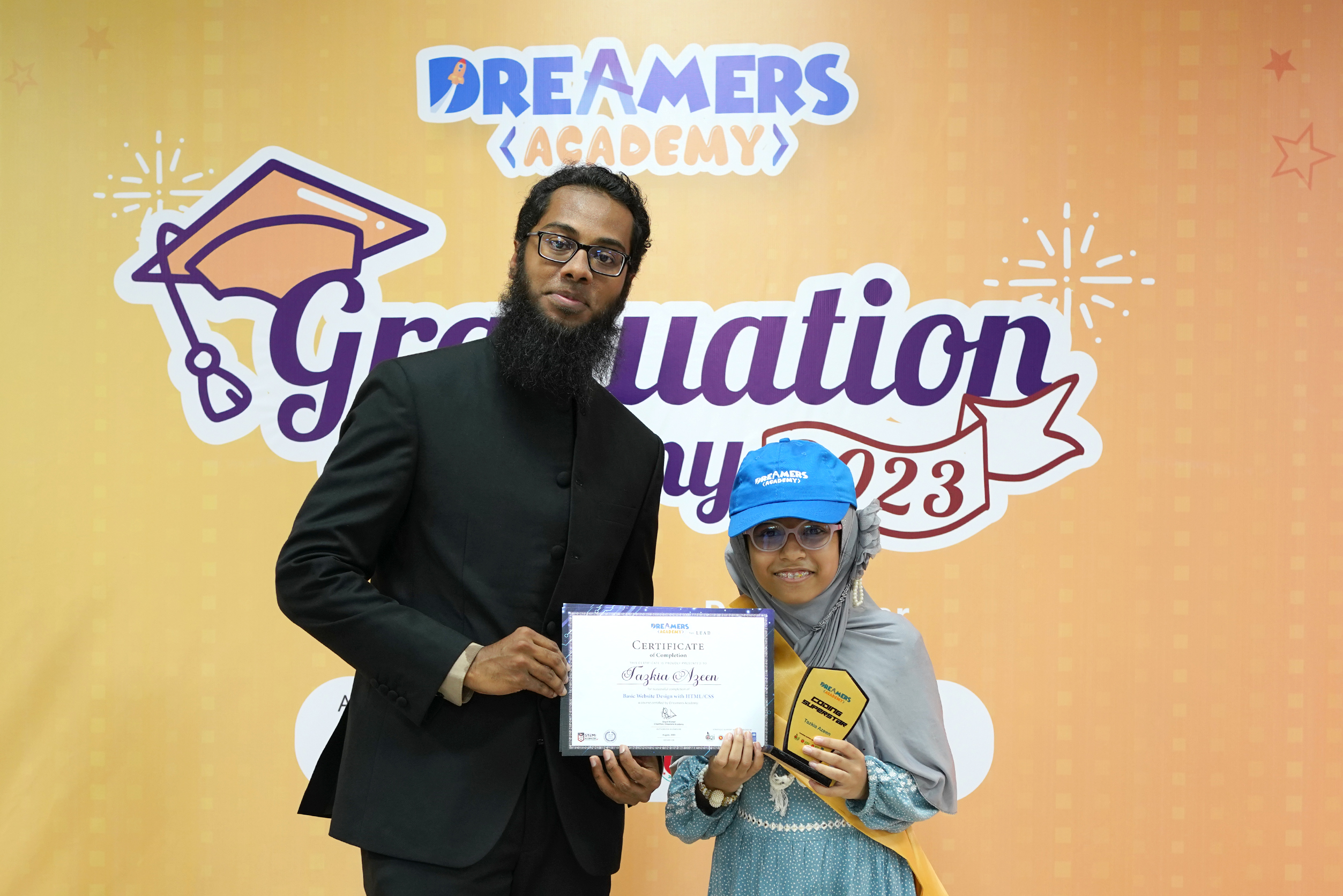
Dreamers Academy operates on a simple but powerful thesis: "start early, build real, and teach like the future depends on it, because it does."
The unique insight driving the company challenges conventional wisdom about children's learning capabilities. "Children are not just capable of learning complex tech concepts; they're better at it when taught early and in the right way," Sharif explains. "Most platforms either oversimplify or wait too long to introduce kids to serious problem-solving through technology. We flipped that approach."
This philosophy translates into a radically different educational model. "We believed that if you teach a 9-year-old to think like a programmer, not just to memorize code, but to build, break, and fix things, they'll grow up confident, creative, and future-ready."
The approach stands in stark contrast to mainstream educational technology.
Instead of watered-down content, Dreamers Academy uses real-world tools. Instead of massive online courses, the company maintains small batches of 10-12 students. Instead of passive consumption, it emphasizes active creation.
The launch story of Dreamers Academy reads like a masterclass in lean startup methodology, born from necessity. Sharif's initial plan was entirely different.
"I actually wanted to open an Islamic School then after 6 months of R&D decided to pivot. I thought to myself how I can use my tech background and passion for education and do something. The lightbulb moment happened, what if I teach kids coding."
The entire operation launched with just 500 taka, approximately $5 USD.
"The initial capital was only 500 taka which I had used to design my first Facebook advert via a freelancer," Sharif recalls. The setup was deliberately minimal: "I wanted to stay lean, modifying a free website template, opening a Facebook page, and creating a free 45-minute Zoom account for classes."
This bootstrapped approach forced creative solutions.
Sharif personally designed the first curriculum, focusing on hands-on, project-based learning accessible to 7-year-olds. He recruited and trained computer science students in child-centric teaching methods. "The focus was clear from day one: small batches, personalized attention, real projects, and quality teaching."
Today, Dreamers Academy offers two main programs targeting children aged 7 to 16. Its flagship "Coding for Kids" program features structured learning paths designed to teach logical thinking, problem-solving, and real project development through code.
It has recently launched "Spoken English for Kids," which is receiving positive feedback from parents and students alike. The company is also working to launch a new course on Math.
Its customer base spans three segments:
The company also offers crash courses and hosts internal coding competitions and hackathons to keep students engaged beyond regular curriculum.
Over the years, Dreamers Academy has developed a unique pedagogy of programming. Its educational philosophy challenges conventional wisdom about children's learning capabilities. The core insight is that children are not just capable of learning complex technical concepts, they often excel at them when taught properly.
This led to a project-based curriculum structured like a video game, with four tracks and multiple levels.
Students learn Scratch, Python, Mobile App Development, Website Design, Roblox Programming, Artificial Intelligence, and Robotics. Each level takes 3-4 months to complete and ends with a certificate accredited by STEM.org, an American non-profit that promotes science and technology education. Dreamers is the first Bangladeshi platform to provide a STEM.org accredited certificate.
Crucially, children build real projects—games they can play, applications they can use, websites they can share.
The progression system is carefully designed. Students advance from track to track. The fourth track even prepares students for freelance work or internships as Python developers, recognizing that some teenagers are ready for professional engagement earlier than traditional educational timelines suggest.
This real-world application sets Dreamers Academy apart from purely academic programs.
Apart from its unique pedagogy, the other important strategic aspect of Dreamers Academy is cultural localization of its curriculum and approach that goes far beyond mere translation of materials.
"Our programs are built with the local child in mind," says Sharif. "We use examples, language, and teaching styles that resonate with Bangladeshi and South Asian students."
Education, it turns out, is deeply cultural. The way concepts are explained, the examples that illuminate them, the communication styles that engage students—all vary significantly across contexts. While international competitors attempted one-size-fits-all approaches, Dreamers Academy built something specifically for its market.
This cultural grounding has become a competitive moat. Global players find it difficult to replicate the nuanced understanding of local learning preferences that Dreamers Academy has developed.
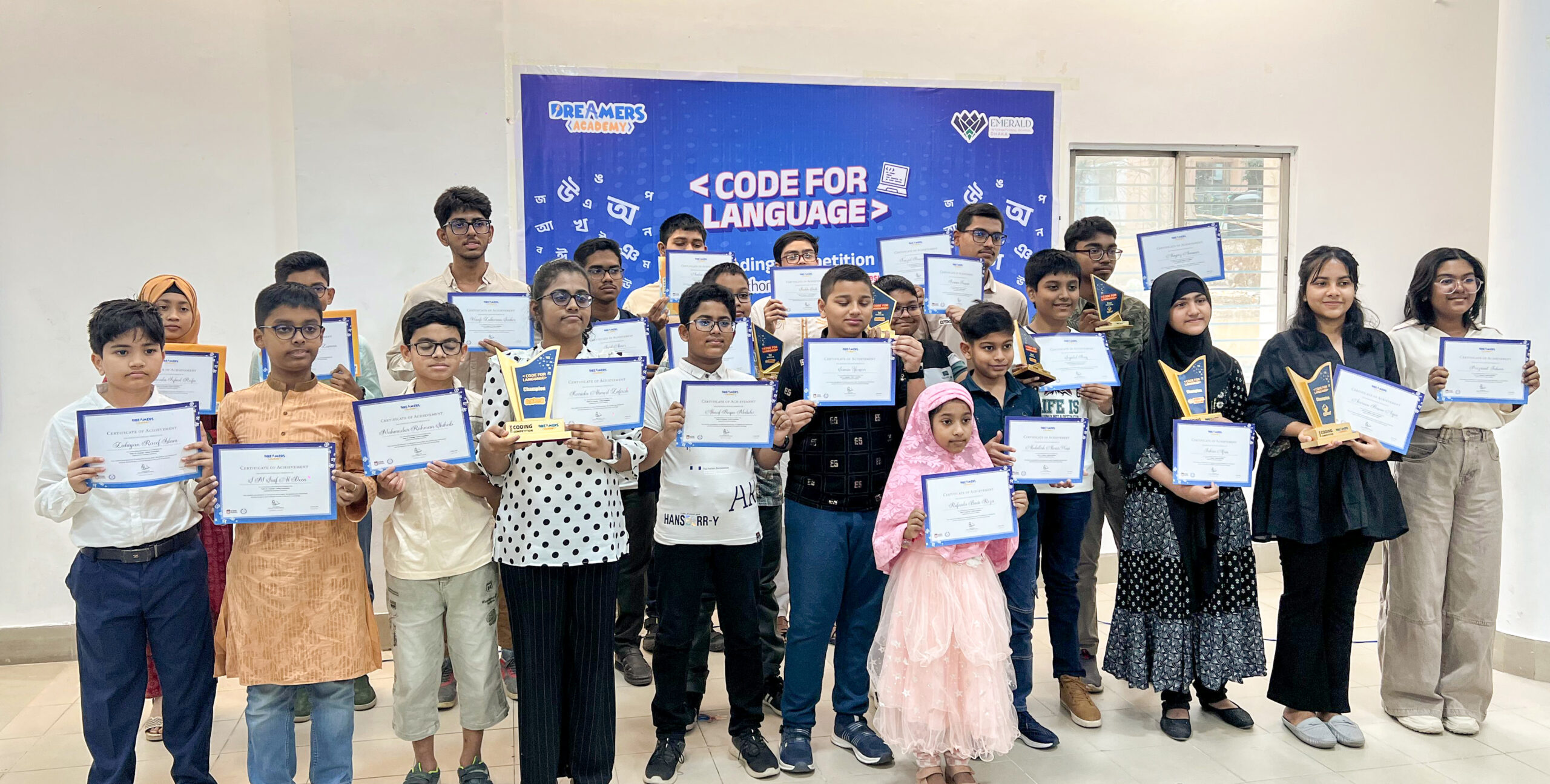
Dreamers Academy operates on a straightforward subscription model with multiple revenue streams.
Students can choose between 1:1 instruction at 7,000 BDT per month or group classes at 2,500 BDT per month.
The company also generates revenue through one-time payments for crash courses, workshops, competitions, and bulk payments from schools and NGOs.
The company's pricing strategy reveals careful thinking about market dynamics.
"We offer top-quality classes at a fraction of the price charged by global competitors," notes Sharif. The strategy prioritises accessibility over margins, making quality tech education available to middle-class families across Bangladesh. "Our goal is to make high-quality tech education accessible and affordable, without compromising on outcomes," adds Sharif.
This commitment to affordability has created both opportunities and challenges, as the company balances accessible pricing with instructor compensation and sustainable growth.
This creates financial pressure but forces operational discipline. Unable to rely on high margins, the company has had to focus intensively on student retention and satisfaction. The results: over 90% of students stay with the program, remaining enrolled for an average of eight months.
The major cost centers are straightforward: salaries, technology and tools, and marketing.
The lean operational model has allowed the company to remain 100% bootstrapped and profitable since inception, with monthly revenue per student ranging from 1,800 to 5,000 BDT.
The growth trajectory of Dreamers Academy is an excellent case study in sustainable scaling. The numbers tell a compelling story:
This consistent growth reflects more than just marketing success. The company boasts over 90% retention rate, with students continuing for an average of 8 months. It has served 5,500+ students across 20 countries and graduated over 1,000 coders.
Perhaps most impressively, it has registered 40,000 students for trial classes, indicating strong market interest.
The international expansion happened organically. "Word spread fast, and soon Dreamers began growing beyond locally and globally," Sharif notes. This growth was driven primarily by results and word-of-mouth rather than massive marketing budgets.
The company has also been building institutional partnerships with schools and educational institutions. It has successfully signed partnerships with three schools whose students are already learning under its programs, including Navy Anchorage School, Glory International School, and Emerald International School. The partnership with Navy Anchorage School has been particularly successful, maintaining a 97% retention rate over nine months.
Dreamers Academy operates a revenue-sharing model with schools. "We take an amount, and they add a top-up on it, and they have a recurring revenue every month," Sharif explains.
The company actively pursues new partnerships, "every day we are talking with at least two or three schools and partnering with them."
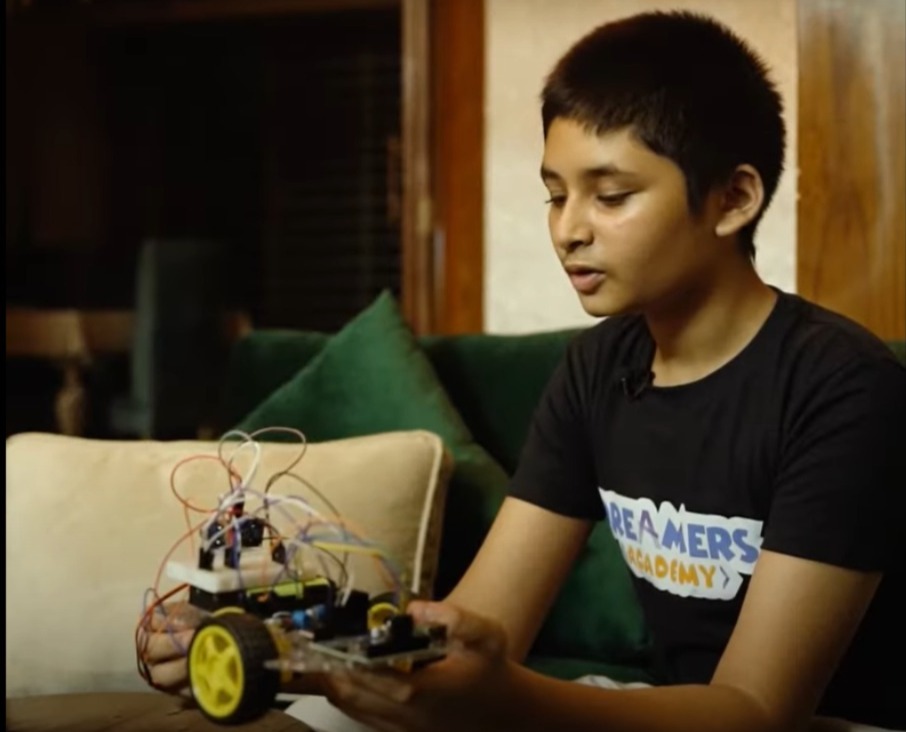
Dreamers Academy's operational structure reflects its educational philosophy. The 60-person team includes instructors, program coordinators, product team, tech team, customer support, HR, finance, and interns.
All instructors work from home, while the rest of the team operates in a hybrid setup.
Its culture is built on six core values: learner focus, transparency, empathy, creativity, innovation, and teamwork.
The operational pillars supporting this culture include clear communication, teamwork, enhanced customer experience, and a problem-solving mentality.
The company's approach to instructor training deserves special attention. Unlike many EdTech platforms that rely on recorded content or undertrained facilitators, Dreamers Academy employs trained CSE graduates who are coached in class engagement tactics and pedagogy.
This investment in human capital has been crucial to its success.
Dreamers Academy operates as part of a broader educational ecosystem under its parent company Lead Academy, which focuses on adult upskilling through recorded and live courses. Sharif explains the relationship: "Lead Academy has two verticals. One is upskilling, which is actually Lead Academy. Dreamer is the other vertical."
While operationally separate, the two platforms create synergies. "From Lead Academy's user base, we cross-sell our potential customers to Dreamer's existing students and parents," Sharif notes.
The company shares resources like studio space and creative oversight, and human resources across marketing and tech. This dual-platform approach allows it to serve different market segments while maximizing resource efficiency.

In the crowded EdTech space valued at over $250 billion globally, with the coding-for-kids niche expected to cross $14 billion by 2026, Dreamers Academy has carved out a unique position.
The company competes with international players like Codingal, Timedoor, and BrightChamps, as well as local competitors including Mojaru, CodersTrust, and CreativeJuniors.
Despite this competition, Dreamers is by far the biggest online coding platform in Bangladesh compared to both local and international players, according to the company's assessment.
The company enjoys multifaceted competitive advantages.
Content is custom-built for each age group and centered around real projects (games, apps, animations).
Unlike platforms relying on recorded videos or oversized classes, Dreamers maintain 10-12 students per batch with live, interactive instruction.
Programs are built with the local child in mind, using examples, language, and teaching styles that resonate with Bangladeshi and South Asian students.
The company offers top-quality classes at a fraction of the price charged by global/local players.
All classes are taught by trained computer science graduates who are coached in child-centric pedagogy.
Students build functional applications rather than just learning theory.

However, the true measure of Dreamers Academy's success lies in student achievements. Its graduates have excelled in numerous competitions and events.
Students have shone in the ICT Olympiad Season 2, with multiple winners representing the academy. It has also succeeded in programming contests, including the RJP High School Programming Contest 2025 in the junior category. National recognition has come through the National Science and Technology Fair, where students have presented innovative projects.
International exposure includes presentations to Crown Princess Victoria and participation in various STEM carnivals and olympiads, including the International SOF Math Olympiad, IQ Olympiad, and Space Exploration Olympiad.
These achievements validate the academy's core thesis that children can master complex technical concepts when taught properly from an early age.
Success brings its own challenges, and Dreamers Academy faces several significant ones.
Perhaps the most fundamental challenge is market awareness.
While there is a growing awareness around the importance of technology education, it has not reached mainstream yet. Sharif notes, "The market is still not cooperating with us at the level we want to grow. Parents are thinking that whatever amount of money they have, after school, they will put it into Math. They know that by doing Math, a lot will happen for their child. They will put it into Spoken English. They want to be good at English but don't see similar interest and enthusiasm for coding."
The same applies when it comes to the B2B market. When approaching schools for B2B partnerships, "schools say, 'No, we are busy with academic work. Our children won't be able to handle it. Their studies will be hampered.' The mentality hasn't changed yet."
This challenge is reflected in broader market dynamics. At least one international player shut down their operations in Bangladesh last year and several others are struggling to gain traction.
Despite these market conditions, Sharif maintains perspective: "Even with our current number of students, which is peanuts, we are the biggest shark in Bangladesh in this market."
The company understands the reality that it has two tasks at hand. On the one hand, it has to develop the market and grow with it as it develops. To that end, the company has built a sustainable business, which is growing. And on the other hand, it has to find new opportunities to accelerate its growth, for which Dreamers is slowly launching new courses around English and Math.
The second challenge for the company comes from scaling quality. "As demand increases, maintaining our teaching quality while expanding to serve more students is a constant challenge." This tension between growth and quality is particularly acute in education. Part of the reason this is a challenge is because talent acquisition remains a challenge. Finding and training the right instructors remains difficult as the company expands. The specialized skill set required—combining technical expertise with child pedagogy—is rare.
Finally, the commitment to affordability creates margin pressure. "We've deliberately kept our pricing low to make our programs accessible, but that also means tight margins. Balancing affordability for parents with fair pay for our instructors and sustainable business growth is a constant act of optimization."
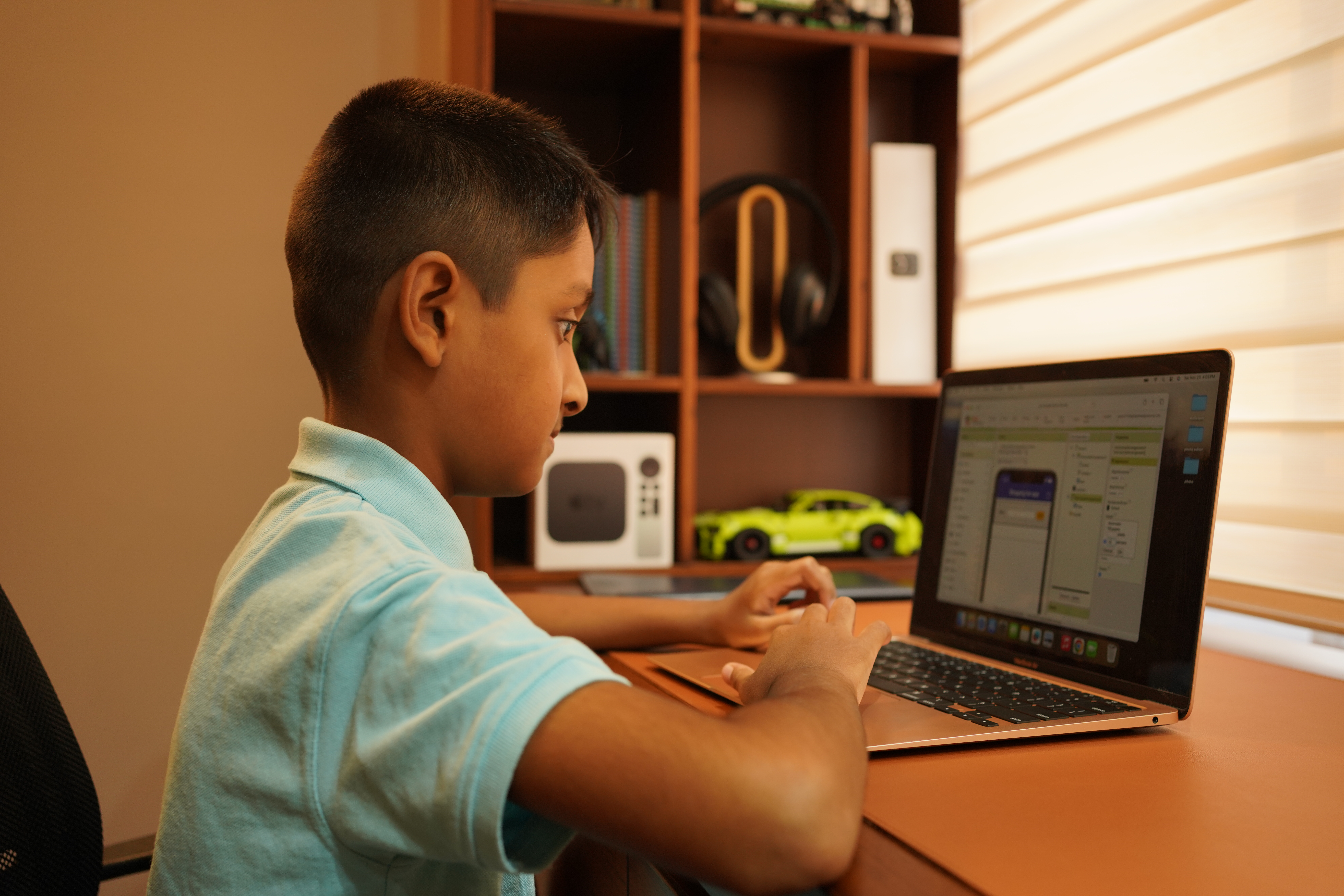
Dreamers Academy's future plans balance ambitious growth targets with operational realism.
Short-term priorities focus on fundamentals: "refine our operations, optimize and automate processes, maintain profitability and class quality."
The long-term vision is expansive: "serve 1 lakh+ monthly active students from various STEM courses."
The company is also working on new courses around Spoken English and Math.
Geographic expansion targets include "significant footfall in the Bangladeshi diaspora of US, Canada, Australia etc."
On the product end, the company plans to "deeply integrate AI to enhance the quality of instruction and use gamification to increase the learning experience."
The company has a sophisticated AI roadmap. Sharif explains: "AI will help our instructors deliver content better" through predictive analytics that can identify at-risk students. "Based on the child's assessment, which is all data inside our database, it learns and will notify your instructor beforehand: 'Look, this child's progress seems like they might drop out. You should address them now.'"
Quality assurance will be enhanced through automated class analysis. "Based on the recording of our classes, it will provide a quality checklist and tell me: 'How was it? Did the instructor turn on the video? Did the students turn on the video? Did the instructor speak properly? Was the interaction good? What was the engagement level?'"
Additionally, the company is developing specialized tutor bots. "Someone is doing a Python level, and they are at home, so there's no teacher at home. Now they have some questions about Python. They will go to the Python bot and say, 'This is my question. Now give me the answer.'" These bots will be trained on Dreamers Academy's own curriculum and student data, creating highly relevant, contextual assistance.
To improve engagement, Dreamer Academy’s gamification strategy goes beyond simple point systems. Sharif describes a comprehensive approach: "We will introduce leaderboards. Children will do different projects. They will get badges. Then they will get different point systems. There will be a reward system. They can cash those points in different ways. For example, if I get a certain amount of points, I will get a free card at Babuland."
For its Spoken English program, it is developing innovative tools: "This tool will increase children's fluency. Children will talk to this tool. It will say, 'Cat on the mat.' Then the child will repeat, 'On the mat.' Then it will say, 'Good job,' and check."
On the product expansion end, the company is working to introduce more STEM and other courses, including Mental Math, Spoken English, while deepening its coding offerings with "more creative and innovative levels along with strategic partnerships with schools, organizations and NGOs."
Perhaps the most remarkable aspect of Dreamers Academy's mission is its commitment to underserved communities.
In 2023, Dreamers launched a pilot project at Umme Salama, a female madrasa in Cox's Bazar with 600 students. Sharif personally traveled there to conduct the first coding class, setting up the entire infrastructure including speakers, Wi-Fi, laptops, keyboards, and other tools.
The results have been extraordinary. Starting with 100 students in 2023, nearly 200 students are now coding at Umme Salama.
"The students there are orphans. Some are day scholars, some are residents, and there's a large chunk of Rohingya Muslims. We are doing all of them," Sharif explains. "You'll be amazed at the level of work they are doing. They are making their own games, websites, animated stories, and Eid Mubarak stories."
The program has expanded to other underserved areas. The company operates in Kalapani Bosti, a slum school in Mirpur with 40 children, and has partnered with Friendship NGO to serve students in five locations in the 'char' region—flood-prone river islands where "their houses are breaking down due to water, but they are coding."
Sharif takes pride in this distinction: "Dreamers Academy is the first platform in Bangladesh to teach coding to underprivileged children."
This CSR work, overseen by co-founder Ashfaq Zaman, demonstrates that quality tech education can transcend socioeconomic barriers when delivered with commitment and proper support.
In our age of grand entrepreneurial narratives and billion-dollar valuations, there is something profoundly moving about a story that begins with 500 taka and a belief that children deserve better than passive screen time.
The Dreamers Academy story reminds us that the most meaningful innovations often emerge not from large institutions or well-funded laboratories, but from individuals who notice something important that others have overlooked, who care enough to act on that noticing, and who possess the patience to build solutions that actually serve.
As Sharif reflects, "You don't need to build the biggest company, you need to build the one that matters. Focus on value, listen closely, and never lose sight of who you're serving. That's how Dreamers Academy came to life and how it continues to grow."
The journey from a 500-taka Facebook ad to serving thousands of students across 20 countries illustrates how authentic solutions to real problems can achieve remarkable scale.
More importantly, it demonstrates that sustainable success in education comes not from technological innovation alone, but from a deep understanding of learning, careful attention to quality, and commitment to student outcomes.
As Dreamers Academy looks toward its ambitious future, serving 100,000+ students and expanding globally, the company's foundation remains rooted in the simple insight that started it all: children are capable of extraordinary things when given the right tools, guidance, and opportunity to create rather than just consume.
In a world increasingly dominated by platforms designed to capture attention and extract data, Dreamers Academy represents a different possibility, technology education that genuinely empowers, business models that prioritize service over extraction, growth that deepens rather than merely expands.
These are the margins where the future is born: in small rooms where dedicated teachers help children discover they can build the world they want to inhabit. In the patient work of one conversation, one project, one breakthrough at a time. In the recognition that education, at its best, is not about filling empty vessels but about igniting creative fires that will burn long after the formal lessons end.
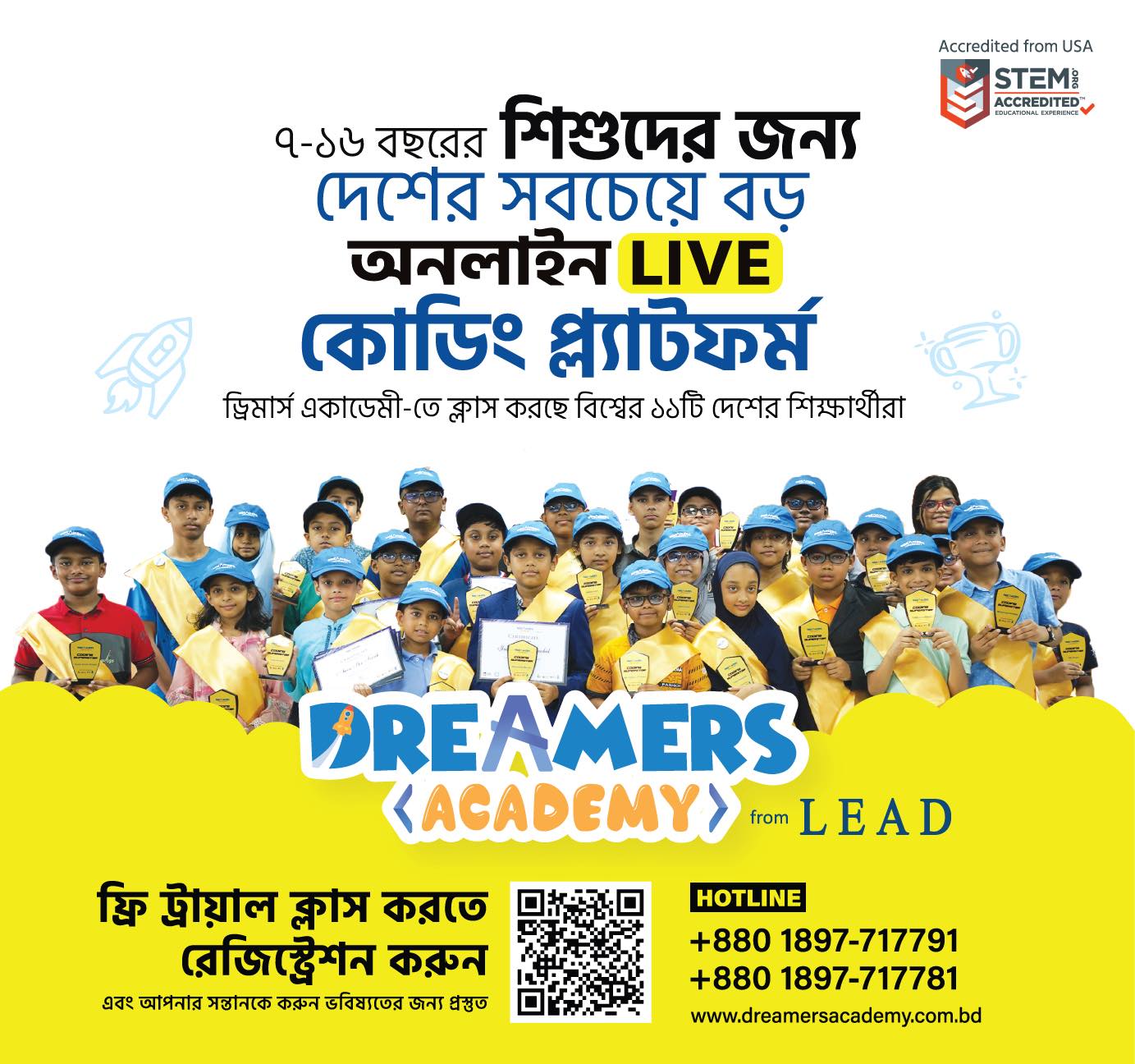
We interviewed Dreamers Academy Co-founder Sharif Ahmed for this story.
